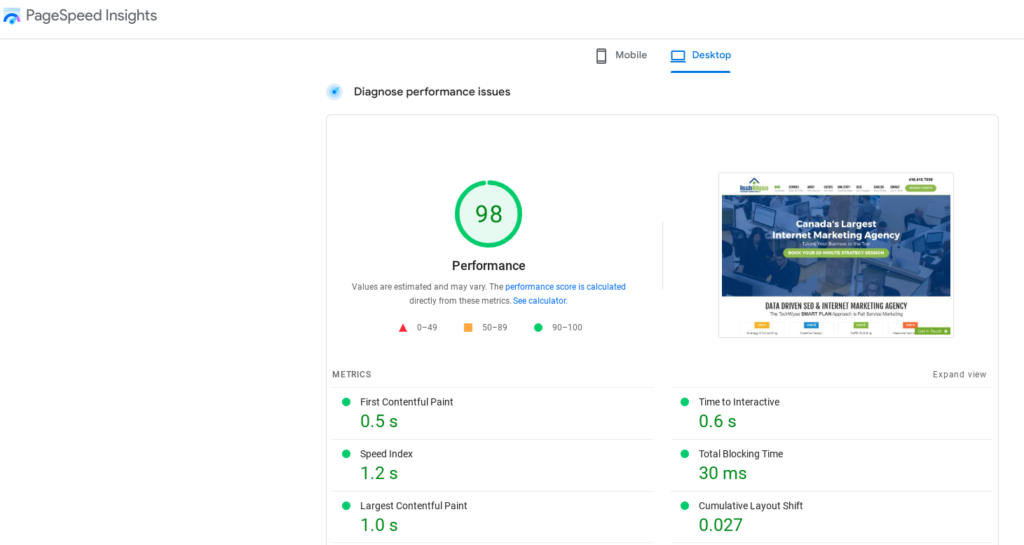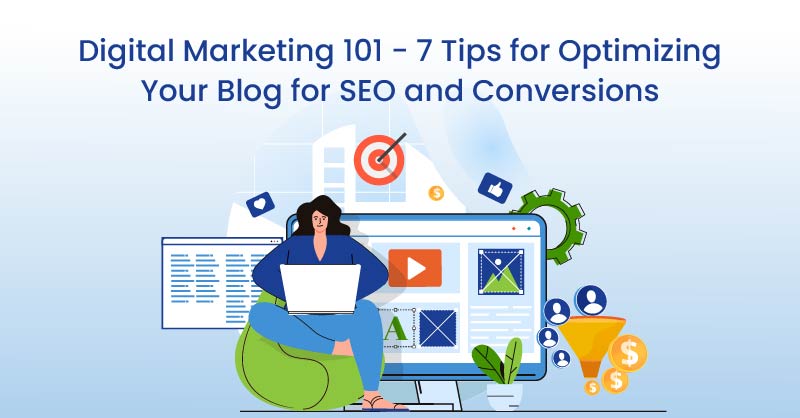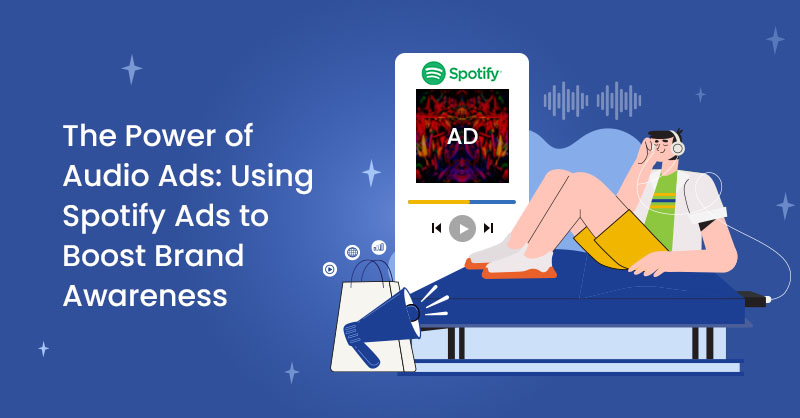Raise your hand if you’ve been writing blogs for your business to help boost your site’s SEO, but you’re still not seeing any return on your investment (time, energy, and perhaps money if you’re paying for someone else to write them for you).
If your arms are flailing in the air in acknowledgement, then perhaps your blogs aren’t optimized properly.
Here are some digital marketing tips to help you get the most out of your blog posts for your website.
1. Employ a Proper Keyword Strategy
Of course, your keyword strategy always comes first! Why else would you be writing blogs in the first place other than to help your site rank for relevant keywords and share your knowledge about a topic?
With that said, this goes beyond purely looking up search volumes and keyword competitiveness. Your blogs should satisfy the readers’ intent and provide answers to common search queries. The ultimate goal of the blog’s content should be to help people learn more about a topic from you - an industry expert.
Once you have completed your keyword research to determine the blog's foundation, you’ll need to ensure that these keywords are naturally incorporated into your blog’s content.
This means optimizing your title, URL, metadata and, of course, content with relevant keywords. To read more about this crucial keyword research step, you can refer to this Content Writer’s Guide.
2. Optimize Your Blog’s Meta Title and Description
Here is where we get a little more technical with SEO.
Let’s be honest; are you likely going to be the first on the web to write about that particular topic? No, highly unlikely. So how can you set your blog apart from others in the SERP? The answer is Meta tags!
Meta titles and descriptions are often neglected by those who don’t understand SEO and don’t know how to optimize on-page SEO. So what are they?

examples of meta titles and descriptions in SERP
These are the little preview snippets you see in the SERP. Depending on how well they’re written, they can influence the user to click on your link or other links in the organic search results.
Remember, you can’t convert a reader into a lead if they don’t even bother clicking to land on your website. Similarly, how well the meta tags are written can influence how Google understands your blog's relevancy to the user’s search query.
While keeping in mind the main keyword you are targeting, write your meta title and description to serve the intent while also demonstrating why the user should choose your article over the others available.
Optimal Lengths For Your Meta Tags
Beyond keyword insertion and search intent, you still need to optimize the length of your blog’s meta title and description. Depending on the user's device, they could be served a different variation of your metadata.
For example, meta descriptions on Google are cut off at approximately 920 px on the desktop and about 750 px on mobile. At the same time, on search engines like Bing and Yahoo, the limit is higher at approximately 980 px. Of course, it could be a daunting task for blog writers to figure out the length of their meta titles and descriptions - we’re talking about pixels here, not simple character count.
Luckily, there are plenty of third-party tools that can help with this task. SERP preview tools like Spotibo can make this task a lot easier to do for even SEO novices!
3. Optimize Your Blog with Proper H Tags
Often enough, this is one of the most common issues with blogs written by beginners. Why?
Because they don’t know that the blog’s heading structure isn’t only used to aesthetically organize the content for better readability.
Properly formatted titles also help search engines figure out what the article is about and determine what keywords the blog should rank for as well as where it belongs in the SERP.

The concept for H tags is rather simple. The H1 is the main header or the title of the article. It is crucial to note that there should only be one single H1 per page. Then the number order of H tags trickles down in order of importance.
H2s are the main sub-headers, followed by H3s, which are child sections of the H2s, and so forth. Typically, you would want to keep the H tags short, sweet, and to the point! You also don’t necessarily need to have H3s, H4s, and so on just to satisfy the heading structure.
As an example, this article only has one H1, many H2s, a couple of H3s and several H4s.
4. Make Use of Interlinks
Proper interlinking is often slept on when it comes to blog writing. Not only is it vital to ensure important service or product pages from your site are hyperlinked to give a reference point to how the blog topic relates back to what you offer, but it is also helpful to interlink it with your other content to build relevancy and establish your site as an authority for the topic.
Keeping this in mind, you also don’t want to overdo it.
Your blogs don’t need to be covered by interlinks encouraging users to bounce off the page within seconds of reading. This is another quality over quantity thing you must keep in mind.
5. Optimize Blog Images With Alt Tags
Most people add images to help visually understand the blog content and to break up blocks and blocks of text. While this is a good habit, writers often don’t realize that these should be optimized as well.
It is an SEO best practice to rename your original image files with proper alt tags that can help search engines to decipher the image’s content and context to help correlate back to your blog topic.
Not only that, proper and descriptive alt texts, which should include important keywords, can help your image rank in Google’s image search.
Another important advantage of utilizing proper alt tags is that they can help broaden your reach. Alt tags also act as an accessibility aid and allow users who rely on screen readers to understand the images.
Common Alt Tag Mistakes and How To Optimize Them
-
Using generic alt text that lacks descriptive qualities
- Avoid one-word alt texts that provide a proper description of the image (ex. “Blue poison dart frog” would be a better alt tag than just “frog”)
-
Keyword stuffing for the sake of stuffing
- Use your target keywords naturally when it appropriately describes the image
-
Extremely long alt texts
- It’s best to keep your alt texts relatively short and to the point
-
Using the same alt text for different images
- Have unique descriptive alt texts for different images so that they don’t compete with each other
6. Optimize Page Speed For Better User Experience
Page speed has become a more significant SEO ranking factor in the past couple of years when it comes to Google’s algorithm. This is because Google’s goal is to serve the best results that will provide the user with the best experience and satisfy their query with the most ease. If your page speed is too slow, the user may bounce due to the frustration of waiting and leaving for the next search result.
Don’t waste all the hard work it took to bring users to your site in the first place. Prevent the frustrated exits from happening by checking with Google’s own Page Insights tool to ensure you’re in the green when it comes to page speed on both mobile and desktop.

TechWyse’s desktop pagespeed insight
User experience can be the differentiating factor that puts you ahead or behind a competitor in the SERP and can also be your demise when it comes to your conversion rate if it’s not good enough. So don’t delay and optimize your overall site speed sooner rather than later.
7. Don’t Forget Conversion Rate Optimization With Conversion Points
Speaking of conversion rates, make sure your site (including your blogs) is optimized for easier conversions. Analyze your blogs and website and determine where the points of conversion are. Are they easy for new site visitors to find?
The top and bottom of the page should always have obvious conversion points. Since not all users get to the end of articles, you’ll need to ensure that there is a way for the user to easily convert along the way.
Many sites opt for sticky conversion buttons that follow you as your scroll, but if that is too advanced for you to set up, you can add conversion banners or a call to action mid-page where it doesn’t feel like it’s out of place. It’s still important your content flows without breaking the connection between paragraphs and sections.
8. Skip the Comment Section
Another strategy to help with conversion rates can be to disable the comment section that’s usually set up by default.
You can replace the comment section with a web form to help convert the reader into a lead at the bottom of the page, especially if you don’t normally get comment engagements from your blogs.
Conclusion
You need to consider many things when writing a blog, especially technical SEO tasks beyond keyword research, if you want the blog to perform in the SERP.
Make sure you write enticing and SEO-friendly meta titles and descriptions, employ a proper heading structure, use descriptive alt texts on your images, interlink with relevant pages on your website and optimize your site speed for a better overall user experience.
It may take a lot of work to write a blog, so make the most of all your content and ensure your site provides optimal opportunities for the reader to convert while reading your blog, including a proper call to action and visible conversion points.
You’re sure to see better results from your blogs once these tips have been applied to your regular blogging activities.
If you’re still confused or hesitant to implement these yourself, contact TechWyse’s team of Content Marketing experts for help.






on
Excellent and well-written article on Digital marketing. It is very helpful to me. Thank you for sharing this incredible information with us.